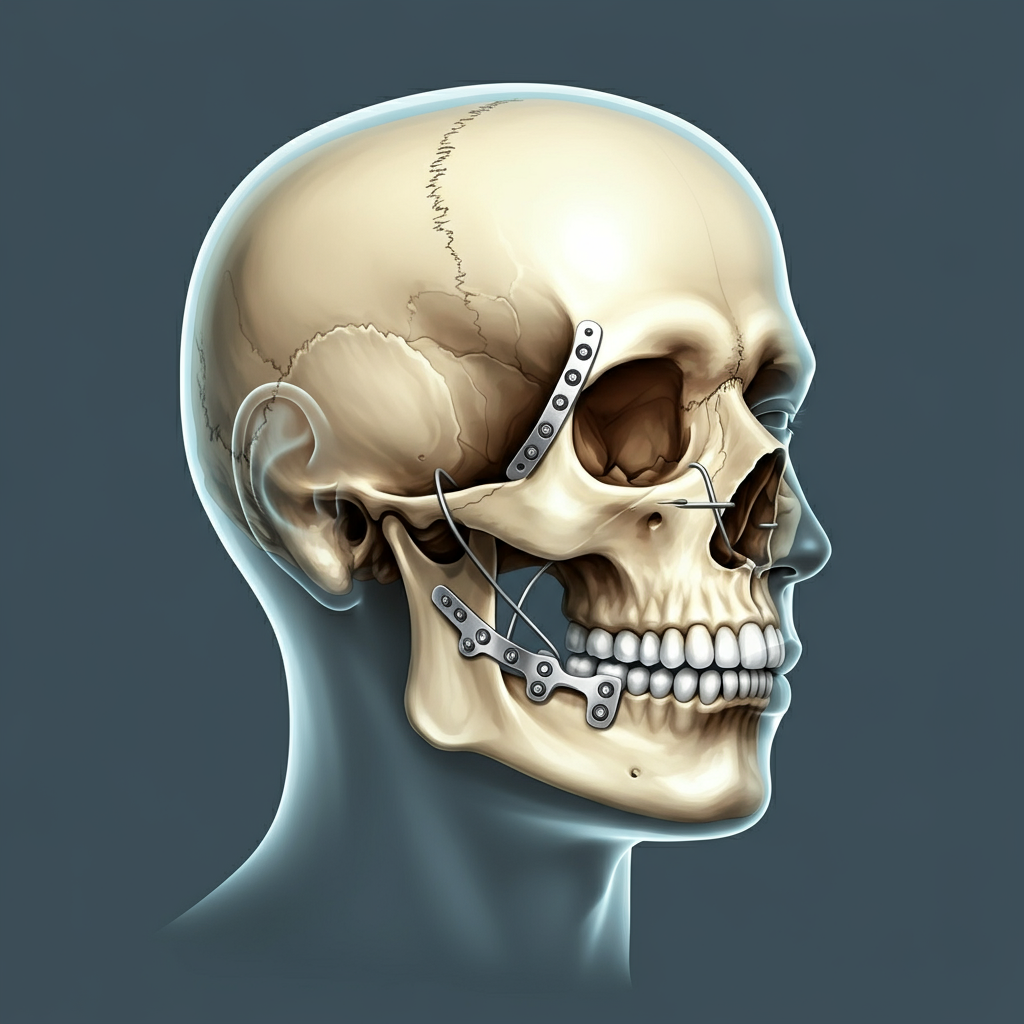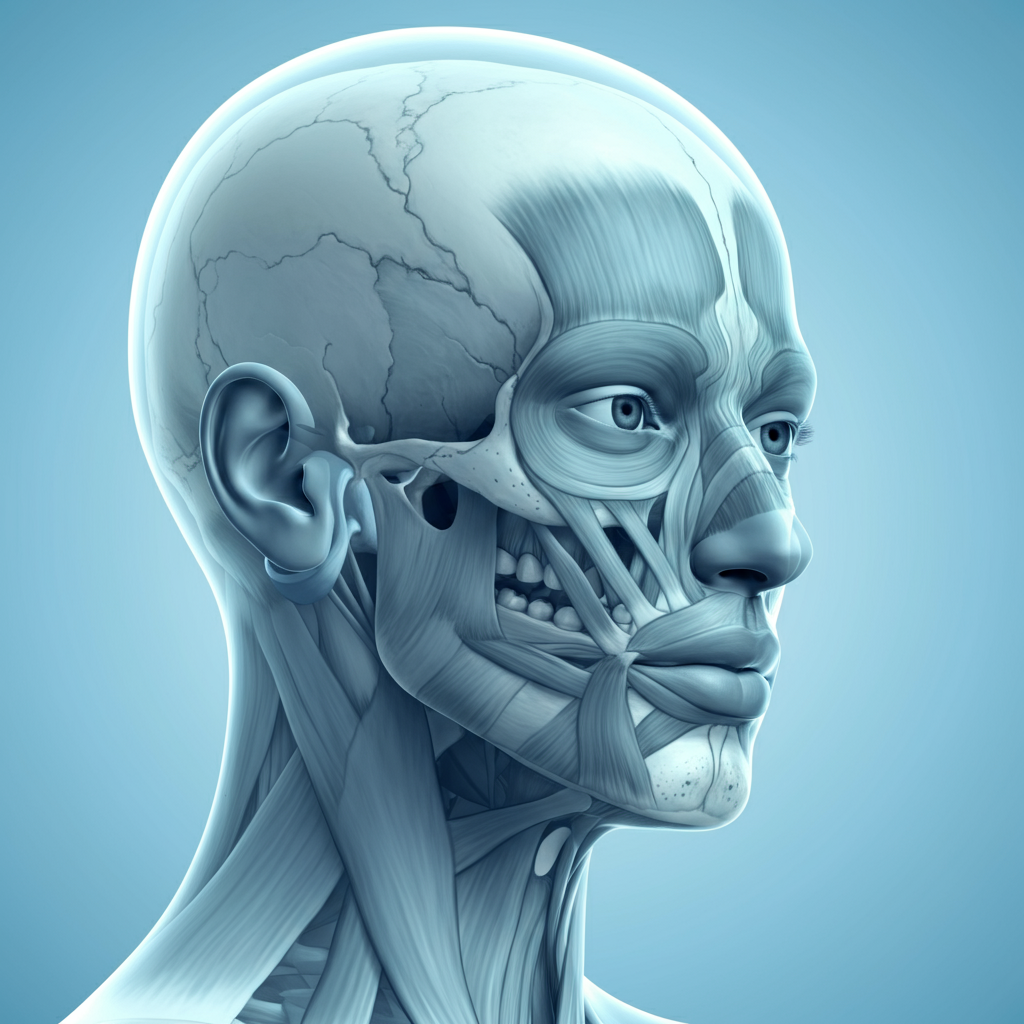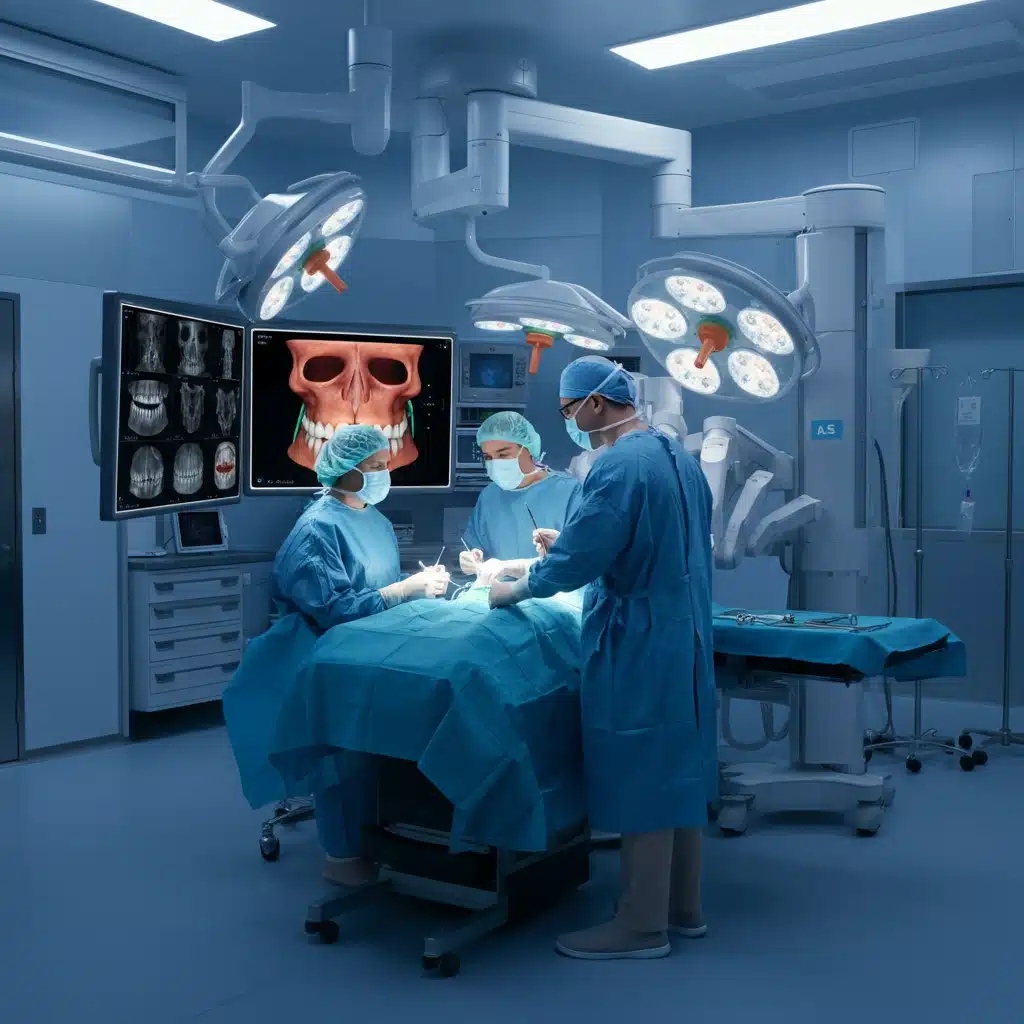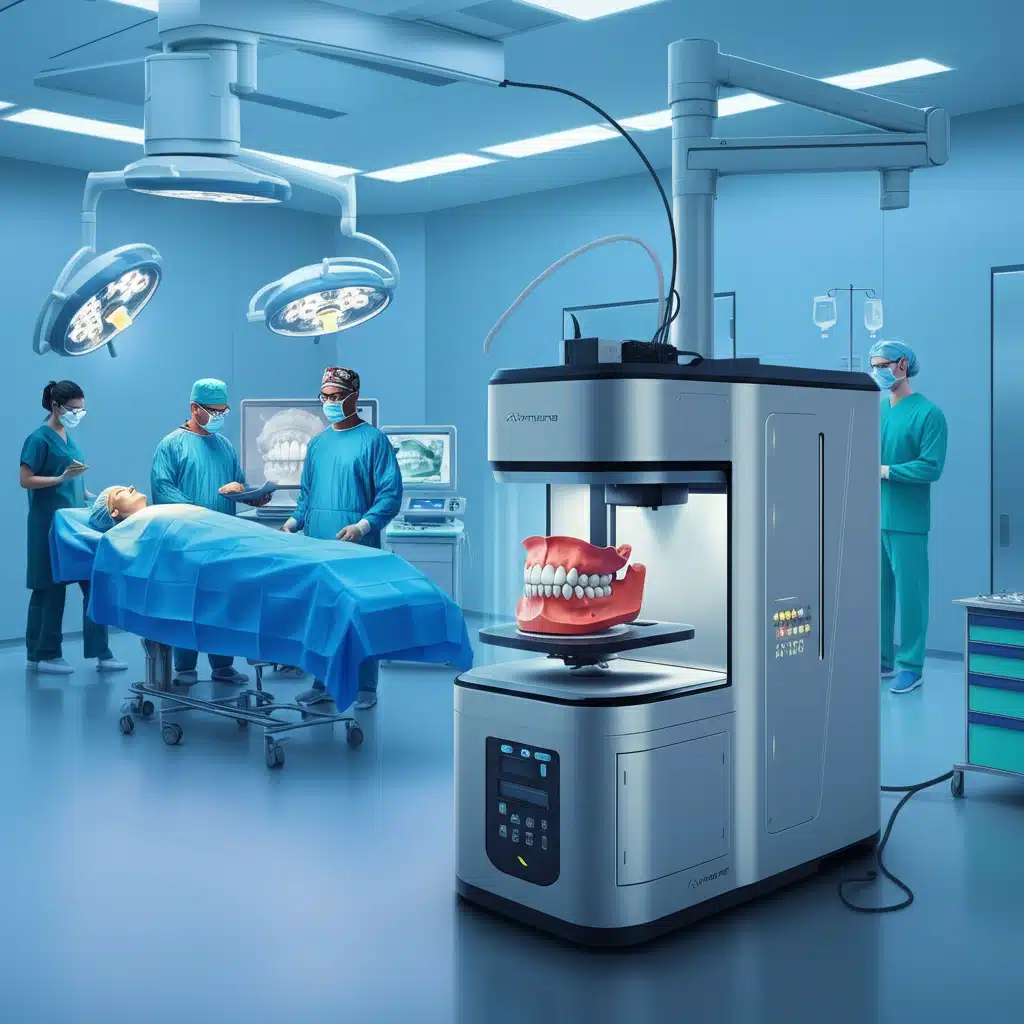A properly aligned jaw is essential for more than just a balanced facial appearance; it’s fundamental to chewing, speaking, and even breathing correctly. When the upper and lower jaws don’t meet properly, it can lead to a host of functional problems and aesthetic concerns. For many, orthognathic surgery, also known as corrective jaw surgery, offers a definitive solution. This procedure realigns the jaw and teeth to improve their function and create a more harmonious facial structure.
This post will explore the vital role of orthognathic surgery in correcting jaw misalignment. We will cover what causes these issues, the symptoms to watch for, what the surgical process involves, and the long-term benefits you can expect.
What Causes Jaw Misalignment?
Jaw misalignment, or malocclusion, can stem from several factors. The issue often arises when the upper jaw (maxilla) and lower jaw (mandible) grow at different rates. Genetics play a significant role, meaning you might inherit a predisposition for jaw irregularities from your parents.
Other common causes include:
- Congenital conditions: Certain birth defects can affect jaw development from the start.
- Trauma or injury: A significant injury to the face or jaw can cause it to heal in an improper position, leading to misalignment.
- Tumors or diseases: Though less common, certain medical conditions can impact the jaw’s structure and alignment.
- Childhood habits: Prolonged thumb sucking, pacifier use, or tongue thrusting during childhood can sometimes influence jaw growth and tooth positioning.
These issues can result in various types of misalignment, such as an overbite, underbite, crossbite, or open bite, each presenting unique challenges.
Signs You Might Need Corrective Jaw Surgery
While some jaw misalignments are minor, others can cause significant discomfort and functional difficulties. It’s important to recognize the symptoms that suggest a more serious issue may be present. If you experience one or more of the following, a consultation with an oral and maxillofacial surgeon might be necessary.
Common Symptoms:
- Difficulty Chewing or Biting: One of the most common signs is trouble biting into food or chewing efficiently. You might find yourself chewing only on one side of your mouth or struggling to close your lips comfortably over your teeth.
- Chronic Jaw or Joint Pain (TMJ): Persistent pain in the jaw or the temporomandibular joint (TMJ), which connects your jaw to your skull, can be a clear indicator of misalignment. This can also lead to frequent headaches or earaches.
- Speech Difficulties: The position of your jaw and teeth affects how you form sounds. Misalignment can lead to lisps or other speech impediments that are difficult to correct otherwise.
- Breathing Problems: An improperly positioned jaw can obstruct your airway, leading to issues like chronic mouth breathing, dry mouth, or even sleep apnea. Sleep apnea is a serious condition where breathing repeatedly stops and starts during sleep.
- Unbalanced Facial Appearance: A noticeably receding chin, a protruding lower jaw, or general facial asymmetry can be visual signs of an underlying skeletal imbalance.
- Excessive Wear of the Teeth: When teeth don’t meet correctly, they can wear down unevenly and prematurely, leading to dental problems down the road.
The Orthognathic Surgical Process Explained
Corrective jaw surgery is a significant undertaking that involves a collaborative effort between your orthodontist and an oral and maxillofacial surgeon. The process is carefully planned and executed in phases to ensure the best possible outcome.
Phase 1: Pre-Surgical Orthodontics
The journey typically begins with orthodontics. Braces are applied to the teeth for a period of 12 to 18 months before surgery. The goal of this phase is not to fix the bite—in fact, your bite might temporarily feel worse. Instead, the orthodontist’s focus is to straighten and align the teeth within each jaw, preparing them for their new position after surgery. Your surgical team will take X-rays, pictures, and models of your teeth to plan the exact movements of your jaw.
Phase 2: The Surgical Procedure
Orthognathic surgery is performed in a hospital setting under general anesthesia. The surgeon makes incisions inside the mouth to access the jawbones, which means visible scarring on the face is rare.
Depending on your specific needs, the surgeon may:
- Move the upper jaw (Le Fort osteotomy)
- Move the lower jaw (Bilateral Sagittal Split Osteotomy)
- Move the chin (Genioplasty)
The surgeon carefully cuts the jawbone and repositions it into the correct alignment. The bones are then secured in their new position using tiny surgical plates, screws, and wires. These fixtures are made of titanium and integrate with the bone over time, becoming a permanent part of the jaw structure. The entire procedure can take several hours, depending on its complexity.
Phase 3: Post-Surgical Healing and Orthodontics
After the surgery, you will spend a short time in the hospital for observation. The initial recovery period at home typically lasts a few weeks. Swelling is common and will gradually subside over the following months. Your surgeon will provide detailed instructions for your care, including a modified diet that starts with liquids and slowly advances to soft foods.
Once the initial healing is complete, your orthodontist will begin the final phase of treatment. This involves fine-tuning your bite with braces for another six to nine months. After the braces are removed, you will wear a retainer to maintain the new position of your teeth.
Recovery and Long-Term Impact
The full recovery from orthognathic surgery can take up to a year as the bones heal completely and swelling fully resolves. While the process requires commitment, the results are transformative and can last a lifetime.
Patients who undergo corrective jaw surgery often experience profound improvements in their quality of life. The functional benefits are significant, including easier chewing, clearer speech, and improved breathing. For those suffering from sleep apnea, the surgery can be a life-changing cure. The correction of chronic jaw pain and headaches also provides immense relief.
Beyond the functional gains, the aesthetic improvements can have a major positive impact on self-esteem and confidence. Achieving a more balanced and harmonious facial profile helps many individuals feel more comfortable with their appearance. The combination of improved function and enhanced aesthetics makes orthognathic surgery a powerful solution for those struggling with jaw misalignment.
If you believe you are experiencing symptoms of jaw misalignment, the first step is to consult with a dental professional or an orthodontist. They can evaluate your condition and determine whether a referral to an oral and maxillofacial surgeon is the right path for you.




